Types of Damage: Back glass damage can range from small chips and cracks to more significant breakages, often caused by road debris, accidents, or vandalism.
Differences from Windshield Damage: Unlike the windshield, back glass is typically made of tempered glass, which is designed to shatter into small, less dangerous pieces upon impact. This difference necessitates a unique approach to repair.
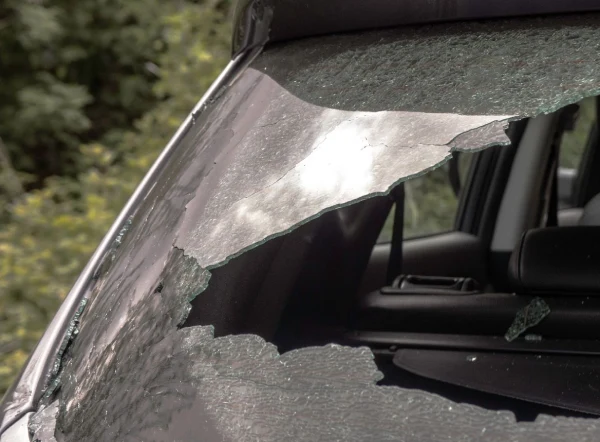

1. Assessment: The first step is a thorough assessment to determine if the damage is repairable. Smaller chips and cracks can often be repaired, while larger damage may require a full replacement.
2. Cleaning and Preparation: The damaged area is meticulously cleaned to remove any debris or shattered glass.
3. Resin Application: For repairable damage, a special resin is applied to the chip or crack. This resin is designed to bond with the glass and restore its strength and clarity.
4. Curing and Finishing: The resin is then cured, often using UV light, to harden it and bond it securely to the glass. The area is then polished to ensure a smooth and clear finish.


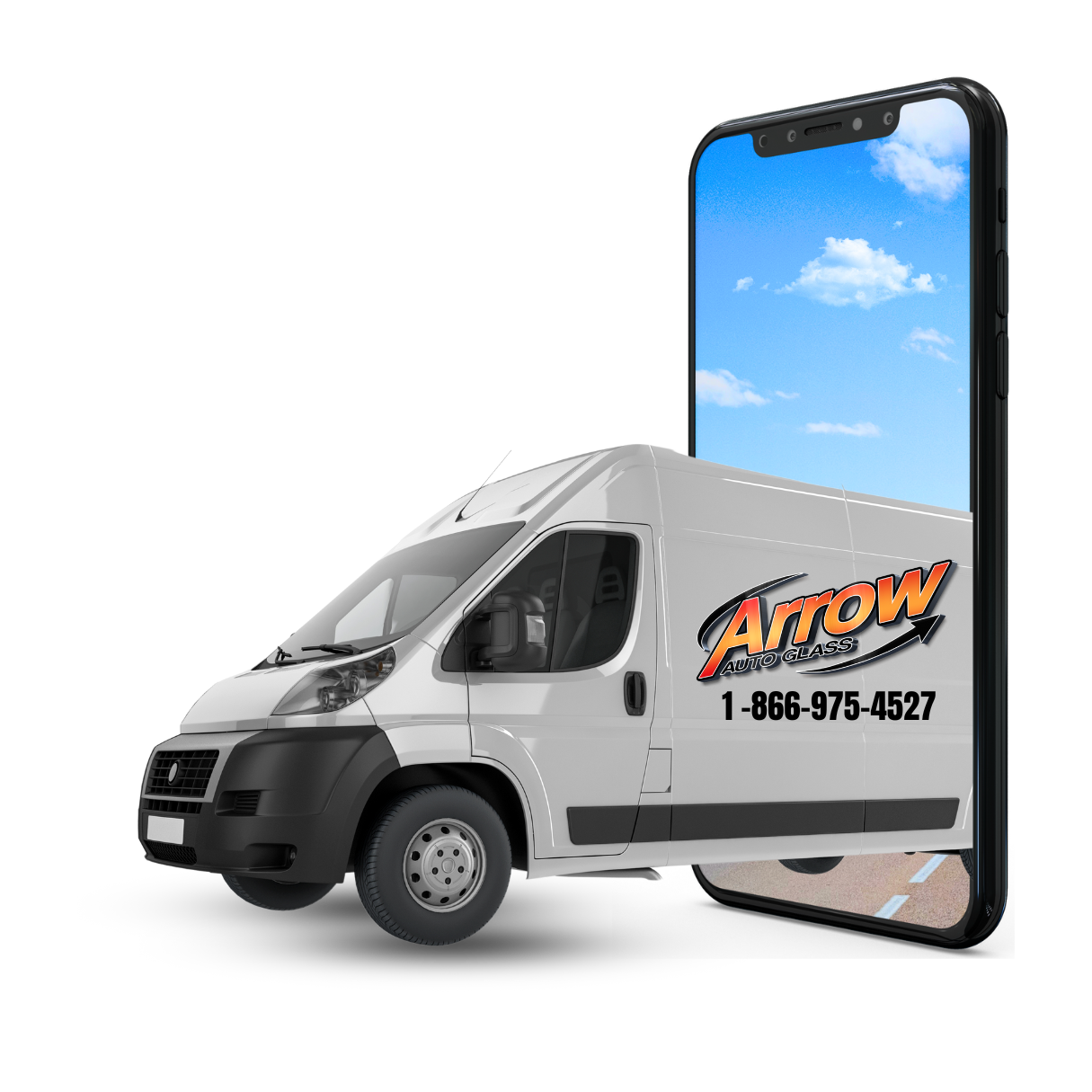
Safety and Aesthetics: A professionally repaired back glass not only ensures safety by maintaining the vehicle’s structural integrity but also restores the vehicle’s aesthetic appearance.
Cost Savings: Repairing back glass is generally more cost-effective than replacing the entire pane, especially when the damage is minor.
Repair Considerations: Small chips or cracks away from the edges can often be repaired efficiently.
Replacement Scenarios: Larger cracks, holes, or damage near the glass edges usually necessitate a full replacement due to safety concerns.
Most back glass repairs can be completed quickly, often within the same day.
We offer a warranty on our back glass repair services, ensuring peace of mind and satisfaction.
Post-repair, we advise on how to care for the repaired glass, including cleaning and maintenance tips to prolong its lifespan.
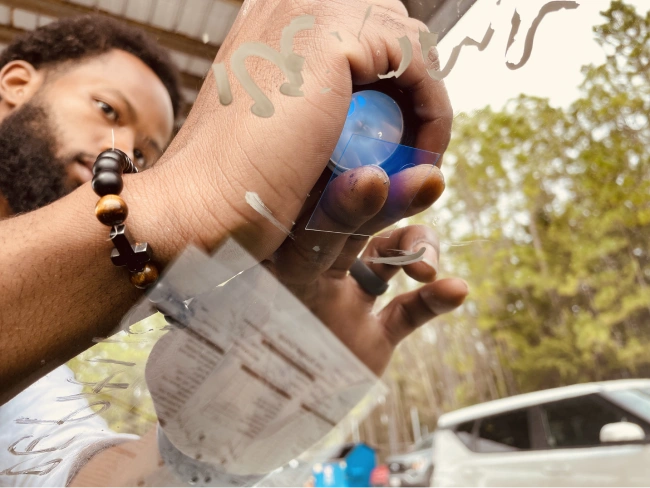
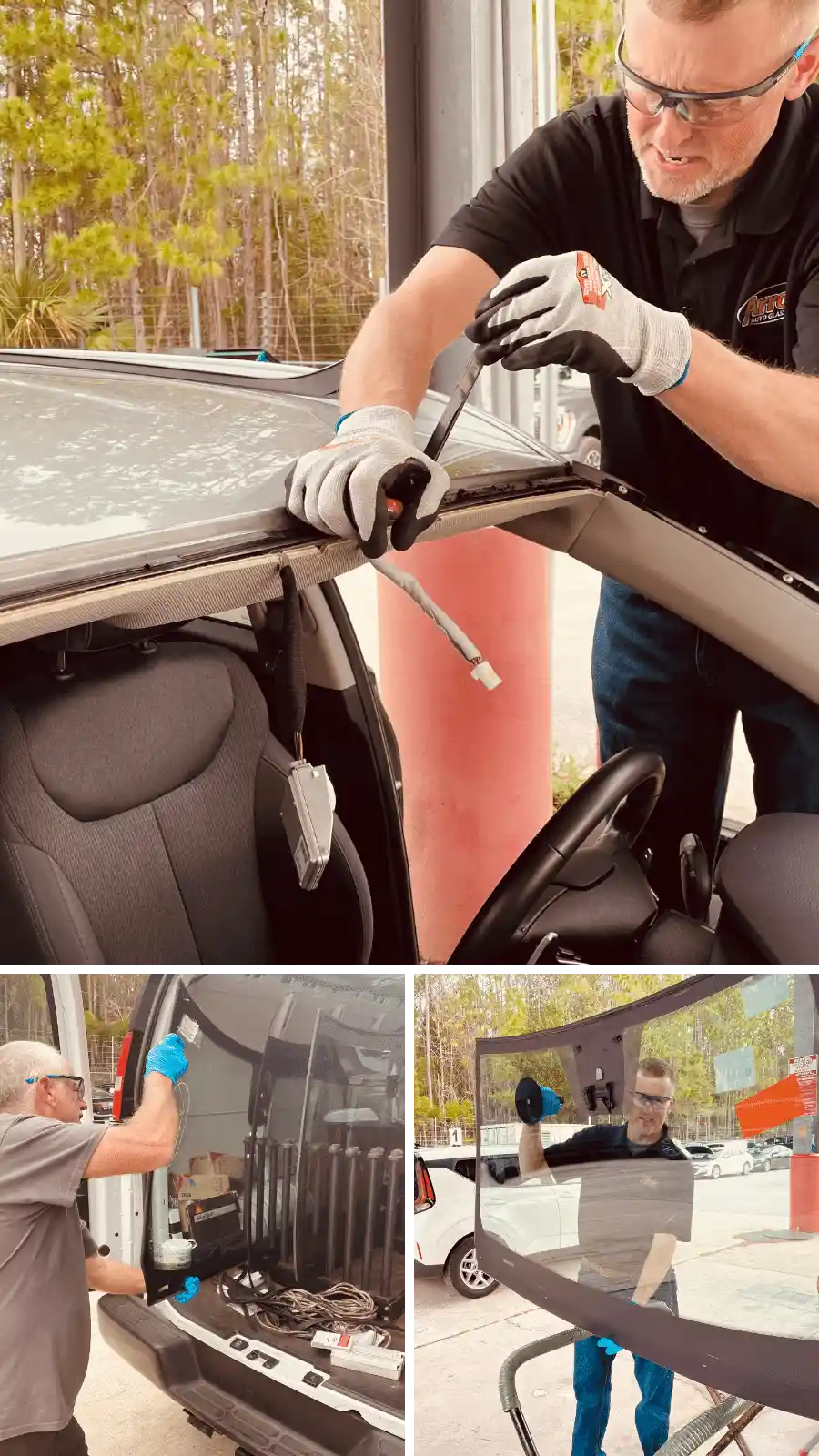
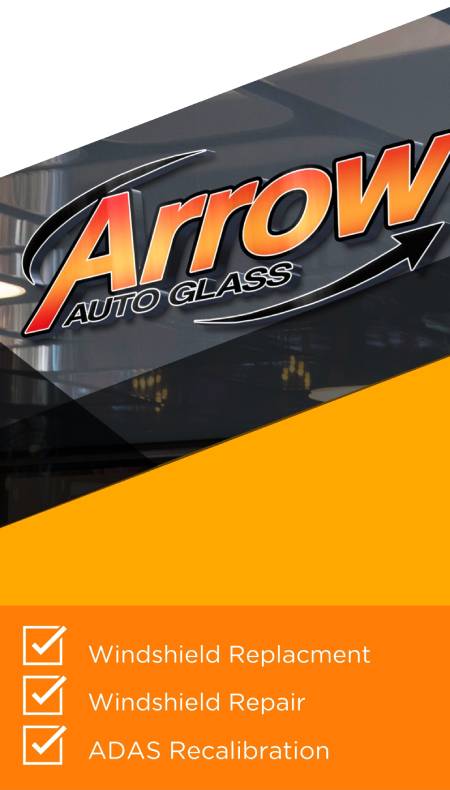
Process and Precision: Our windshield repair process involves a meticulous assessment of the damage followed by the careful application of a specialized resin. This resin is then cured and polished, restoring the clarity and integrity of the windshield.
Ideal Situations for Repair: Repair is typically the best option for small chips and cracks that haven’t penetrated the windshield’s inner layer. It’s not just a cost-effective solution but also prevents the damage from worsening.
Benefits: Repairing your windshield is not only quicker but also environmentally friendly, as it keeps the original glass in place, reducing waste.
When Replacement is Necessary: Larger cracks or damage that directly impacts the driver’s field of vision usually require a full windshield replacement for safety.
Replacement Process: Our replacement process involves removing the damaged windshield, preparing the frame, and installing a new windshield with high-quality adhesives and materials.
Quality Assurance: We use OEM (Original Equipment Manufacturer) quality glass and the latest installation techniques to ensure the new windshield provides maximum safety and durability.
Specialized Repair Services: Back glass repair, while less common than windshield repair, is another service we offer. This process is similar to windshield repair but tailored to the unique specifications of rear auto glass.
Safety Considerations: Maintaining the integrity of your back glass is essential for overall vehicle safety and security.
Specialized Repair Services: Back glass repair, while less common than windshield repair, is another service we offer. This process is similar to windshield repair but tailored to the unique specifications of rear auto glass.
Customized Solutions: We provide various options for back glass replacement, considering features such as defrosting capabilities and tint levels to match your vehicle’s original specifications.
Importance of Side Windows: Side windows are vital for visibility and security. Damage to these windows usually necessitates a full replacement.
Replacement Options: We offer a range of side window glass types, including tempered and laminated glass, to ensure we meet both safety standards and your vehicle’s specific needs.
Tailored Fleet Services: Our commercial and fleet windshield replacement services cater to the unique needs of business vehicles. We understand the importance of keeping your fleet operational and safe.
Compliance and Safety: We ensure that each vehicle in your fleet meets safety standards and regulations, providing peace of mind for your business.

(866) 975-4527